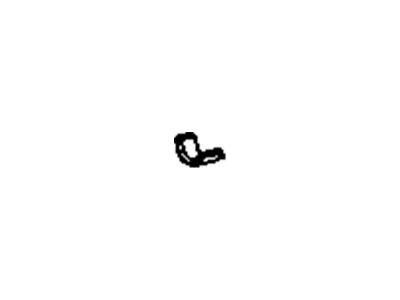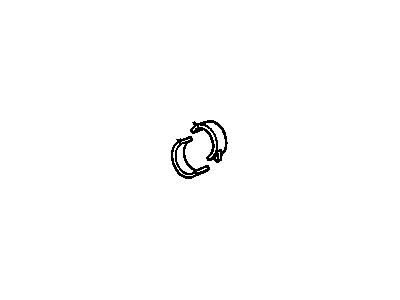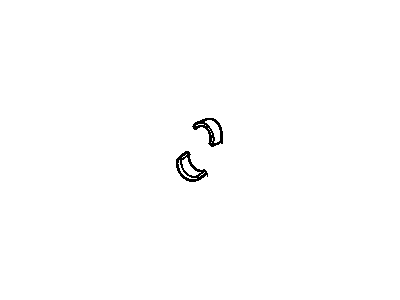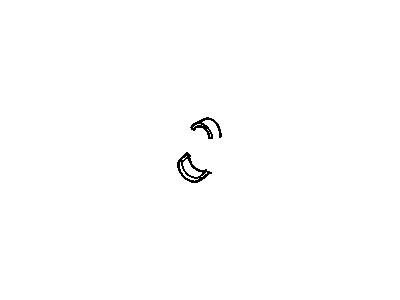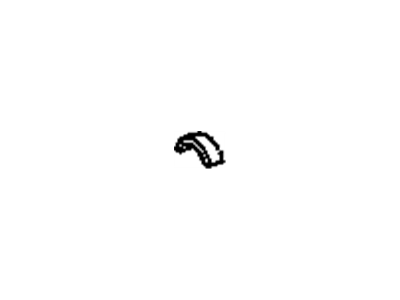
My Garage
My Account
Cart
Genuine Chevrolet Beretta Rod Bearing
Engine Connecting Rod Bearing- Select Vehicle by Model
- Select Vehicle by VIN
Select Vehicle by Model
orMake
Model
Year
Select Vehicle by VIN
For the most accurate results, select vehicle by your VIN (Vehicle Identification Number).
7 Rod Bearings found
Chevrolet Beretta Bearing,Connect Rod
Part Number: 12522143$20.42 MSRP: $41.18You Save: $20.76 (51%)Chevrolet Beretta Bearing Kit,Connect Rod
Part Number: 12480255$0.38 MSRP: $0.59You Save: $0.21 (36%)Ships in 1-2 Business Days
Chevrolet Beretta Rod Bearing
Each OEM Chevrolet Beretta Rod Bearing we offer is competitively priced and comes with the assurance of the manufacturer's warranty for the part. Furthermore, we guarantee the speedy delivery of your orders right to your doorstep. Our hassle-free return policy is also in place for your peace of mind.
Chevrolet Beretta Rod Bearing Parts Questions & Experts Answers
- Q: How to inspect Rod Bearing on Chevrolet Beretta?A:To overhaul an engine, it is important to replace both main and connecting rod bearings with new ones; nevertheless, for a closer examination of the engine condition, old bearings must be kept. Failure of the bearing may arise from many different reasons such as lack of lubrication, presence of dirt and or foreign materials, overloading the engine or even corrosion that would require immediate correction to avoid its reoccurrence during engine assembly. In order to study these bearings, they are removed carefully from several locations such as the engine block, main bearing caps, connecting rods and rod caps after which they can be put on a clean surface so that any problem can be identified easily by matching them with corresponding crankshaft journal. Foreign particles which may enter the engine through various routes pose a threat to bearing integrity (McCallion 2013). This calls for thorough cleaning of engine parts and cleanliness maintained during assembly to prevent such occurrences. Also, regular oil and filter changes are recommended. Lack of proper lubrication due to factors like high temperatures, overloading, oil leakage or blocked oil passages can cause damage to the bearing material that is usually depicted by extrusion from steel backing or even steel backing discoloration caused by overheating. Similarly driving habits such as full-throttle low-speed operation and short trips may negatively influence the life span of bearings due to insufficient heat in the engine and consequent accumulation of corrosive substances in the oil. Lastly incorrect bearing installation at time of assembling an engine like having too tight bearing fits or allowing dirt or foreign material into the system can result in inadequate oil clearance as well as high spots on the bearing leading to final failure of the bearing itself.
